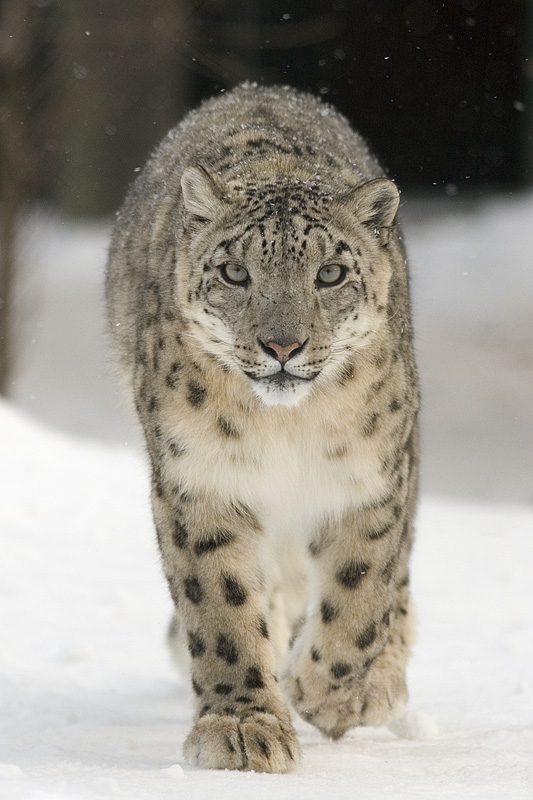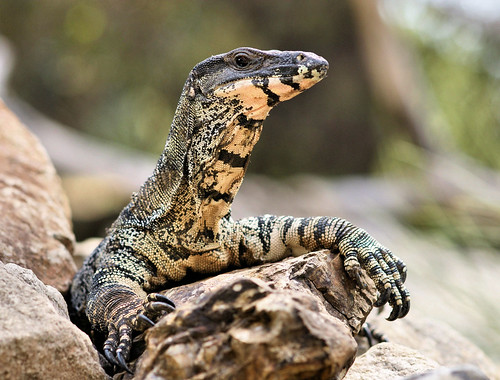Post by Vodmeister on Jul 23, 2014 10:22:27 GMT 5
Human

Humans (known taxonomically as Homo sapiens, Latin for "wise man" or "knowing man") are the only living species in the Homo genus. Anatomically modern humans originated in Africa about 200,000 years ago, reaching full behavioral modernity around 50,000 years ago. Humans have a highly developed brain and are capable of abstract reasoning, language, introspection, and problem solving. This mental capability, combined with an erect body carriage that frees the hands for manipulating objects, has allowed humans to make far greater use of tools than any other living species on Earth. Human body types vary substantially. Although body size is largely determined by genes, it is also significantly influenced by environmental factors such as diet and exercise. The average height of an adult human is about 1.5 to 1.8 m (5 to 6 feet) tall, although this varies significantly from place to place and depending on ethnic origin. The average mass of an adult human is 59 kg (130 lbs) for females and 77 kg (170 lbs) for males. Weight can also vary greatly (e.g. obesity). Unlike most other primates, humans are capable of fully bipedal locomotion, thus leaving their arms available for manipulating objects using their hands, aided especially by opposable thumbs.
Snow Leopard

These rare, beautiful gray leopards live in the mountains of Central Asia. They are insulated by thick hair, and their wide, fur-covered feet act as natural snowshoes. Snow leopards have powerful legs and are tremendous leapers, able to jump as far as 50 feet (15 meters). They use their long tails for balance and as blankets to cover sensitive body parts against the severe mountain chill. Snow leopards prey upon the blue sheep (bharal) of Tibet and the Himalaya, as well as the mountain ibex found over most of the rest of their range. Though these powerful predators can kill animals three times their weight, they also eat smaller fare, such as marmots, hares, and game birds. One Indian snow leopard, protected and observed in a national park, is reported to have consumed five blue sheep, nine Tibetan woolly hares, twenty-five marmots, five domestic goats, one domestic sheep, and fifteen birds in a single year. As these numbers indicate, snow leopards sometimes have a taste for domestic animals, which has led to killings of the big cats by herders. These endangered cats appear to be in dramatic decline because of such killings, and due to poaching driven by illegal trades in pelts and in body parts used for traditional Chinese medicine. Vanishing habitat and the decline of the cats' large mammal prey are also contributing factors.
Male snow leopards typically weigh about 45 kg (100 pounds), although very large specimens can push 77 kg (170 pounds). They grow 4 to 5 ft (1.2 to 1.5 m) in length, with an additional tail that is 36 in (91 cm) long.

Humans (known taxonomically as Homo sapiens, Latin for "wise man" or "knowing man") are the only living species in the Homo genus. Anatomically modern humans originated in Africa about 200,000 years ago, reaching full behavioral modernity around 50,000 years ago. Humans have a highly developed brain and are capable of abstract reasoning, language, introspection, and problem solving. This mental capability, combined with an erect body carriage that frees the hands for manipulating objects, has allowed humans to make far greater use of tools than any other living species on Earth. Human body types vary substantially. Although body size is largely determined by genes, it is also significantly influenced by environmental factors such as diet and exercise. The average height of an adult human is about 1.5 to 1.8 m (5 to 6 feet) tall, although this varies significantly from place to place and depending on ethnic origin. The average mass of an adult human is 59 kg (130 lbs) for females and 77 kg (170 lbs) for males. Weight can also vary greatly (e.g. obesity). Unlike most other primates, humans are capable of fully bipedal locomotion, thus leaving their arms available for manipulating objects using their hands, aided especially by opposable thumbs.
Snow Leopard

These rare, beautiful gray leopards live in the mountains of Central Asia. They are insulated by thick hair, and their wide, fur-covered feet act as natural snowshoes. Snow leopards have powerful legs and are tremendous leapers, able to jump as far as 50 feet (15 meters). They use their long tails for balance and as blankets to cover sensitive body parts against the severe mountain chill. Snow leopards prey upon the blue sheep (bharal) of Tibet and the Himalaya, as well as the mountain ibex found over most of the rest of their range. Though these powerful predators can kill animals three times their weight, they also eat smaller fare, such as marmots, hares, and game birds. One Indian snow leopard, protected and observed in a national park, is reported to have consumed five blue sheep, nine Tibetan woolly hares, twenty-five marmots, five domestic goats, one domestic sheep, and fifteen birds in a single year. As these numbers indicate, snow leopards sometimes have a taste for domestic animals, which has led to killings of the big cats by herders. These endangered cats appear to be in dramatic decline because of such killings, and due to poaching driven by illegal trades in pelts and in body parts used for traditional Chinese medicine. Vanishing habitat and the decline of the cats' large mammal prey are also contributing factors.
Male snow leopards typically weigh about 45 kg (100 pounds), although very large specimens can push 77 kg (170 pounds). They grow 4 to 5 ft (1.2 to 1.5 m) in length, with an additional tail that is 36 in (91 cm) long.













